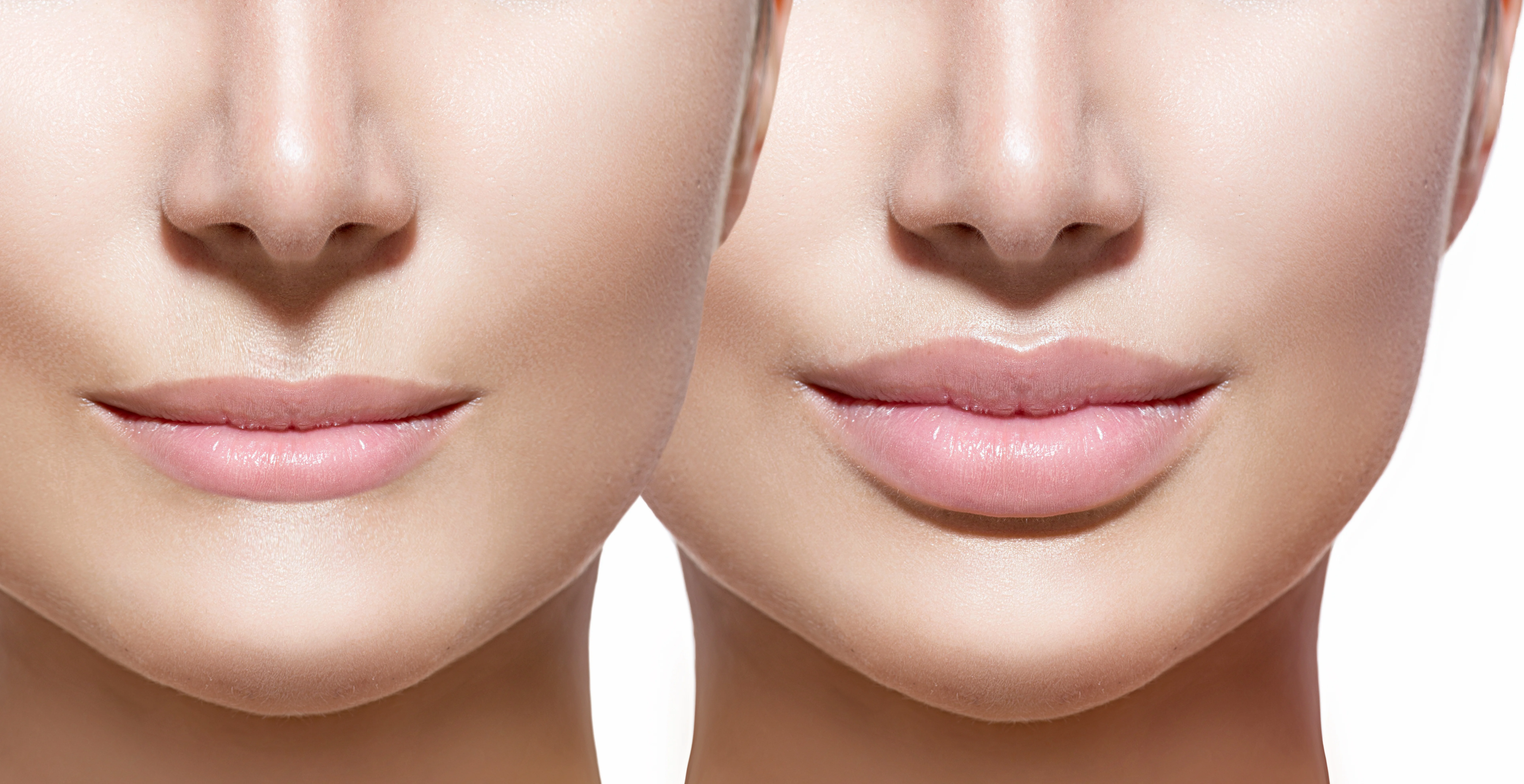
Lip Enhancement
Lip Enhancement
Life Time
Procedure Duration
Results
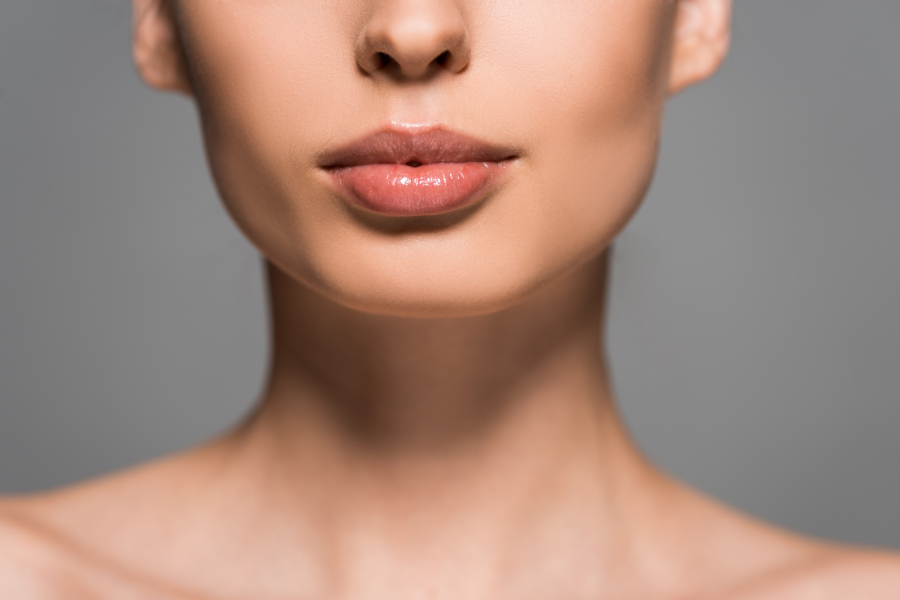
LIP ENHANCEMENT GIVE YOUR LIPS MORE VOLUME AND DEFINITION TO IMPROVE THEM.
Before & After
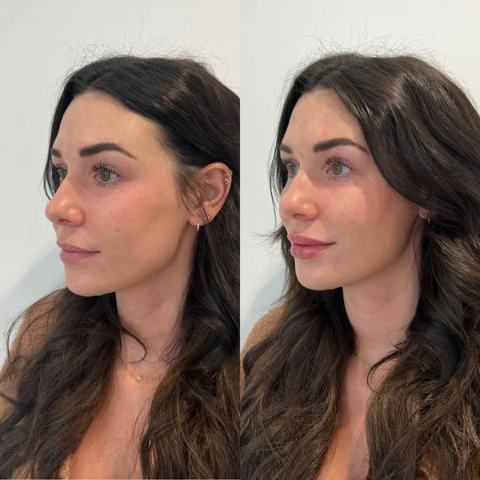
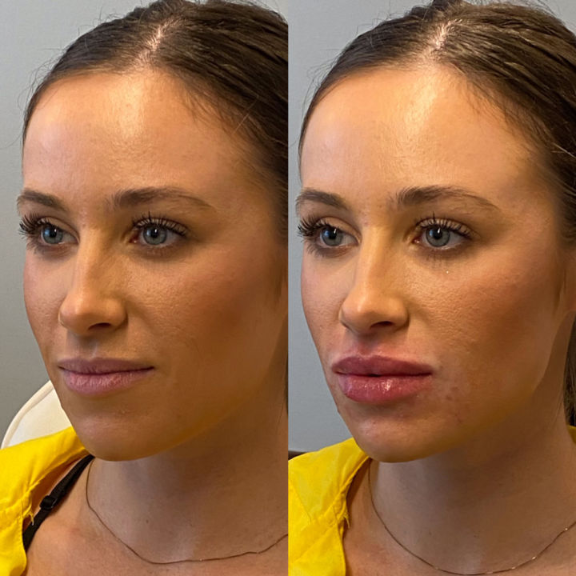
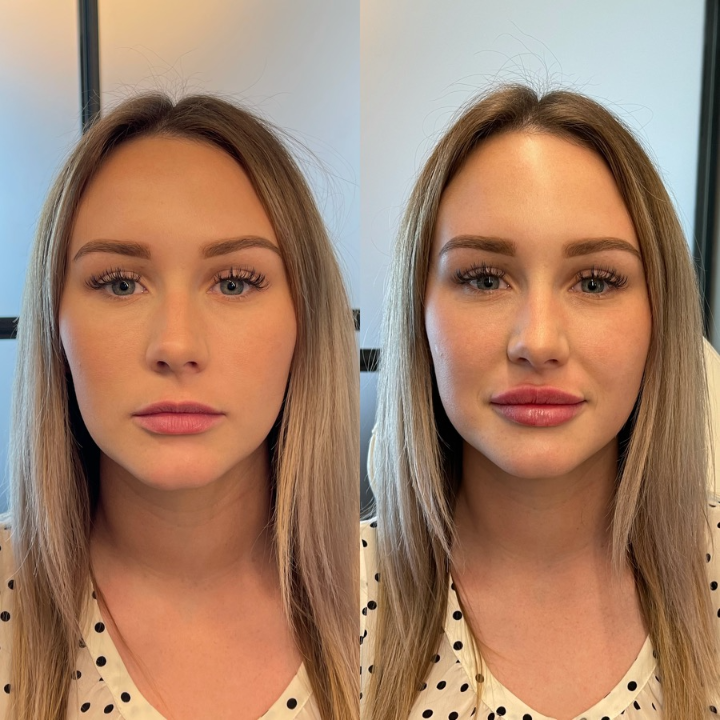
Lip enhancement
Procedure
Your aesthetics professional will first go over your needs and provide a detailed explanation of the procedure. Before starting the process, we numb the area with an anaesthetic cream to make sure it is comfortable. To lessen any discomfort, the filler itself also includes lidocaine, a numbing agent. Each of these vitamins plays a crucial role in various bodily functions.
The fillers will then be massaged and injected into several areas to give you the appearance you want. We only utilise dermal fillers comprised of hyaluronic acid (HA) that are of the highest quality and premium brand. Our skin naturally contains hyaluronic acid (HA), a transient liquid gel-like water-holding molecule.
It all depends on what you want to achieve. If this is your first time, we recommend 1ml to get a significant effect. This may appear to be a significant amount at first, but once the swelling has subsided, the lips will appear thick and full, which is normally the goal of this procedure. 0.5ml will produce a very delicate result, and clients may believe they need more.
It may take several sessions to achieve the desired results; we can only enhance your natural features and work with what you have. As a result, any treatment should be seen as an improvement rather than a cure.
Fillers are little injections of a liquid, gel-like substance that can be used to fill in creases and lines, plump up the lips or cheeks, and improve face features. They can also make ageing, wrinkled, or sagging skin look younger.
We use Hyaluronic Acid (HA) fillers, which are a common type of soft-tissue dermal filler. Hyaluronic Acid (HA) is naturally present in our skin; it is transient and can dissolve if there are any issues. It can store up to 1,000 times its own weight in water and performs a variety of tasks, including providing the skin elasticity and volume, keeping it smooth, supple, and moisturised, and creating younger, firmer-looking skin.
You’ll feel a tiny sting and a little pressure as a topical anaesthetic is injected to numb the treatment area to make sure the operation is painless. To lessen discomfort, the filler itself also includes lidocaine, a numbing agent.
Bruising and inflammation following a filler procedure are frequent side effects, although they go away in three to seven days. Six hours following the surgery, you can use makeup to hide any bruising. It’s probable that the operation will cause an eruption of cold sores if you have them. Rarely, infection may arise; however, if the proper post-treatment and aftercare instructions have been followed, which you will receive on the day of your treatment, this risk is significantly decreased.
To explore our suggestions for minimising adverse effects, see “How do I prepare for my appointment?”
Our fillers’ main component, hyaluronic acid (HA), is a transient liquid-gel-like substance that is found in our skin naturally and works well as an injectable. The beauty of a temporary filler is that Hyaluronidase, a substance that degrades hyaluronic acid (HA), can dissolve it if necessary or desired.
You will initially notice a slight swelling of your lips, but the treatment’s results take effect right away. Your lips won’t settle completely for another three to seven days.
The fillers we employ are composed of the water-holding molecule hyaluronic acid (HA). It is recommended to be well hydrated before the treatment for the best outcomes.
7 Days Before: With your doctor’s approval, you should ideally cease using any blood-thinning medications a few days before the procedure. The area will be more vulnerable to bleeding and bruising due to thinner blood.
3 Days Before: Steer clear of any abrasive face treatments like AHA peels. Your face will receive more blood flow as a result of these activities, which will only exacerbate the swelling.
2 Days Ahead: If you frequently have cold sores, the procedure can cause an outbreak. As a result, it is advisable to take antiviral medications for two days prior to and following the procedure.
Avoid drinking for 24 hours prior to treatment as alcohol in your system increases the risk of swelling and bruising.


